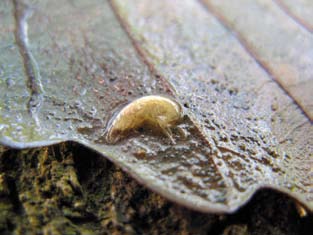Climate, abiotic factors, and the evolution of subterranean life
DOI:
https://doi.org/10.3986/ac.v39i3.85Povzetek
Climate, and more generally the physical conditions in caves and other subterranean habitats have a profound influence on the biota. At longer time scale (centuries), climate change can force and/or isolate species in subterranean habitats. Not only Pleistocene climate changes, but earlier ones as well, suchas the Messinian salinity crisis were important in this regard. While many speleobiologists assume that caves are nearly constant environmentally and withscarce organic carbon, this is not the case, especially in non-cave subterranean habitats. Many shallow subterranean habitats, suchas epikarst, seepage springs, and talus harbor highly modified organisms, ones without eyes and pigment and withelongated appendages. Yet these habitats are highly variable withrespect to temperature and other environmental factors, and often have highlevels of organic carbon. Overall, the role of these shallow subterranean habitats in the evolution and biogeography of subterranean species may be crucial. On smaller spatial scales, environmental differences, suchas differences in chemistry of epikarst water, may be important in allowing large numbers of species to coexist.
Prenosi

Prenosi
Objavljeno
Kako citirati
Številka
Rubrike
Licenca
Avtorji jamčijo, da je delo njihova avtorska stvaritev, da v njem niso kršene avtorske pravice tretjih oseb ali kake druge pravice. V primeru zahtevkov tretjih oseb se avtorji zavezujejo, da bodo varovali interese založnika ter da bodo povrnili morebitno škodo.
Podrobneje v rubriki: Prispevki




